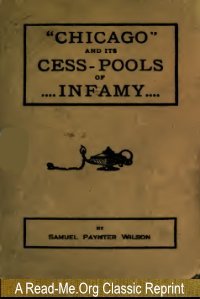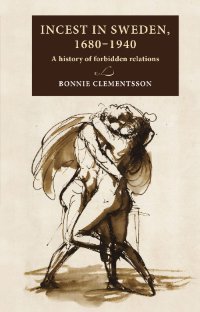By David McCullough
FROM THE COVER: “In this stirring book, David McCullough tells the intensely human story of those who marched with General George Washington in the year of the Declaration of Independence when the whole American cause was riding on their success, without which al hope for independence would have been dashed and the noble ideals of the Declaration would have amounted tolittle more than words on paper. Based on extensive researchi n both American and British archives, 1776 si apowerful drama written with extraordinary narrative vitality. It is the story of Americans in the ranks, men of every shape, size, and color, farmers, schoolteachers, shoemakers, no- accounts, and mere boys turned soldiers. And it is the story of the King's men, the British commander, William Howe, and his highly disciplined redcoats who looked on their rebel foes with contempt and fought with a valor too little known. Here also is the Revolution as experienced by American Loyalists, Hessian mercenaries, politicians, preachers, traitors, spies, men and women of all kinds caught in the paths of war. At the center of the drama, with Washington, are two young American patriots, who, at first, knew no more of war than whaat they had read in books—Nathaniel Greene, a Quaker who was made general at thirty-three, and Henry Knox, a twenty-five-year-old bookseller who had the preposterous idea of hauling the guns of Fort Ticonderoga overland to Boston in the dead of winter.”
NY. Simon and Schuster. 2005. 423p.















